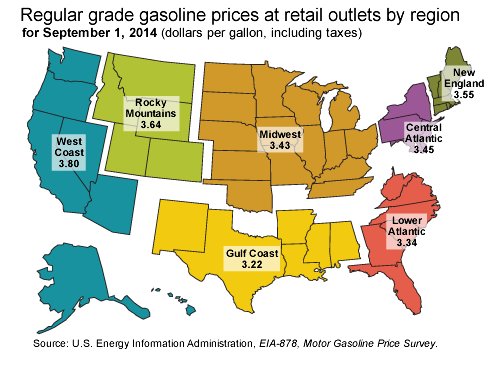Typically Greenfield Advisors works on projects focused in real estate, but from time to time we are asked to use our valuation skills in other contexts. One context that we found to be particularly interesting was when we were asked to measure the financial impacts of the stigma of an alpaca herd. The alpacas in question had been fed animal feed that contained too much Vitamin D. Overexposure to Vitamin D can significantly affect the health of an alpaca, including potentially damaging its internal organs. As a result, anyone trying to sell an alpaca that has experienced such an overexposure must provide a disclosure statement to potential buyers explaining the possible effects of the overexposure. The breeders who were trying to sell these alpacas were concerned that the required disclosure statement would significantly affect their ability to market and sell the animals. We were asked to measure the difference in value of a healthy female alpaca and a female alpaca that had been fed the excess Vitamin D and required the disclosure statement.
 We determined that the best way to establish the degree of losses experienced by the breeders was to develop a contingent valuation survey. The survey was administered to United States residents who had expressed interest in an alpaca auction within the previous year. The survey included basic questions about alpaca prices in their geographic region and their level of experience purchasing alpacas. A sample disclosure statement was used in the survey that described the Vitamin D exposure of the animals. Then the main valuation question asked the survey participants to state their willingness to pay for a female alpaca with the provided disclosure statement.
We determined that the best way to establish the degree of losses experienced by the breeders was to develop a contingent valuation survey. The survey was administered to United States residents who had expressed interest in an alpaca auction within the previous year. The survey included basic questions about alpaca prices in their geographic region and their level of experience purchasing alpacas. A sample disclosure statement was used in the survey that described the Vitamin D exposure of the animals. Then the main valuation question asked the survey participants to state their willingness to pay for a female alpaca with the provided disclosure statement.
Results from the survey indicated that 64% of our participants likely would not even consider purchasing one of the alpacas with this disclosure statement. Further, 61% of the participants stated that they would expect to pay less for an alpaca with this type of disclosure. When asked directly, respondents indicated that they would expect a 55% discount on these animals; however, when we controlled for demographic characteristics and compared stated values, we found that respondents actually demanded a discount of approximately 70%. We enjoyed using our valuation skills in a different context, and we hope others find this case to be as intriguing as we do.
– Abigail Mooney






Recent Comments